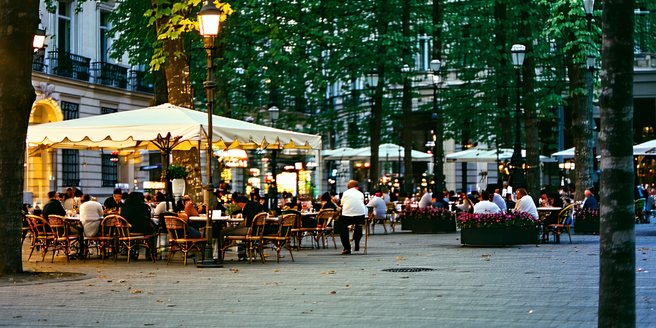Apartment Green Spaces Overview

Benefits of Green Spaces in Urban Living
Green spaces in urban apartments not only enhance the aesthetic appeal but also offer numerous health benefits. They help in reducing stress, improving air quality, and promoting mental well-being. Residents living near green spaces often experience lower levels of depression and anxiety. Additionally, the presence of greenery can contribute to physical health by encouraging outdoor activities such as walking and yoga. Furthermore, these spaces can foster community ties as they serve as gathering spots for social interaction. Overall, incorporating green spaces in urban settings transforms apartments into more livable and sustainable environments. By prioritizing green areas, urban planners can significantly improve the quality of life for city dwellers, making urban living more desirable and harmonious.
Top Design Trends for Apartment Gardens
Apartment gardens are embracing versatility and innovation, with vertical gardens leading the charge. These space-saving installations not only add lush greenery but also serve as living walls, improving aesthetic appeal. Container gardening remains popular, with chic pots offering flexibility in plant choice and placement. Integrating edible plants and herbs adds functionality, catering to the urban dweller’s need for fresh ingredients at their fingertips. Minimalist designs, utilizing sleek lines and neutral tones, provide a modern touch, allowing plants to stand out as focal points. Smart gardening devices, like automated watering systems, are increasingly utilized to maintain optimal plant health. By incorporating these design trends, urban apartments can transform balconies and terraces into verdant retreats, elevating the living experience while maximizing limited space.
Choosing the Right Plants for Small Areas
Selecting the right plants for small spaces requires careful consideration of light, climate, and growth habits. Low-light tolerant species like snake plants and pothos thrive in apartments with minimal sunlight. Succulents and cacti offer compact, low-maintenance options that add texture and color. Consider vertical growers like ivy or trailing plants that maximize space by cascading down shelves or wall planters. Multi-functional plants such as herbs provide culinary uses while purifying the air. Opt for slow-growing varieties to maintain a tidy appearance and prevent overcrowding. Assess the climate of your apartment, focusing on humidity and temperature to ensure plant compatibility. By thoughtfully choosing plants, even the smallest urban living spaces can enjoy the tranquility and beauty of nature.
Sustainability Practices for Eco-friendly Apartments
Eco-friendly practices in apartment green spaces focus on resource conservation and environmental stewardship. Implementing rainwater collection systems for irrigation reduces water usage while promoting sustainability. Composting kitchen waste enriches soil, reducing reliance on chemical fertilizers. Opt for native plants, which typically require less water and maintenance. Use reclaimed or recycled materials in garden construction to minimize environmental impact. Consider eco-friendly pest control solutions that preserve beneficial insects. Energy-efficient lighting like solar garden lights reduces electricity consumption. Supporting local ecosystems by providing habitats for pollinators such as bees and butterflies contributes to biodiversity. These sustainable practices not only benefit the environment but also lead to healthier, more pleasant living conditions for apartment residents.
Incorporating Technology in Urban Green Spaces
Technology is revolutionizing urban green spaces, making maintenance more efficient and plants healthier. Smart irrigation systems calculate water requirements, ensuring plants receive optimal hydration, reducing waste. Mobile apps allow residents to monitor plant care schedules and receive alerts for watering or fertilizing needs. Sensor technology tracks environmental conditions like soil moisture and temperature, offering real-time data for informed plant care decisions. In addition, drone technology is being explored to assist in the aerial monitoring and maintenance of large green spaces. Automated lighting systems mimic natural sunlight patterns, promoting growth in indoor gardens. Augmented reality (AR) garden planners assist residents in visualizing and designing their green spaces. By leveraging technology, urban apartment dwellers can easily maintain vibrant green areas, enhancing their living spaces’ functionality and appeal.